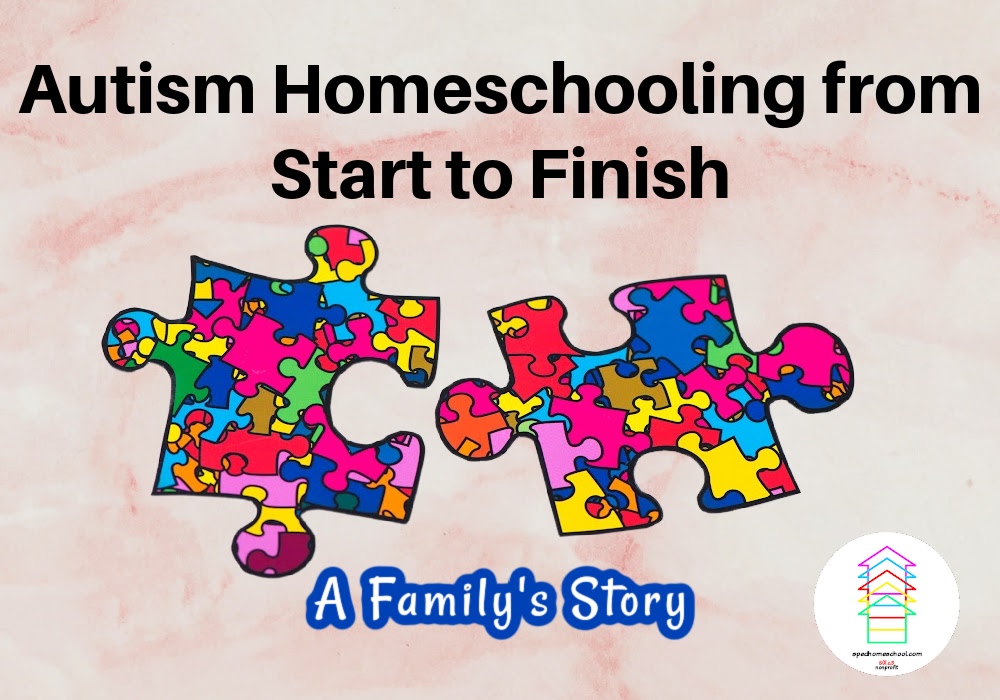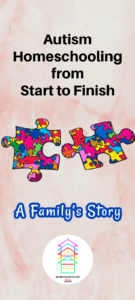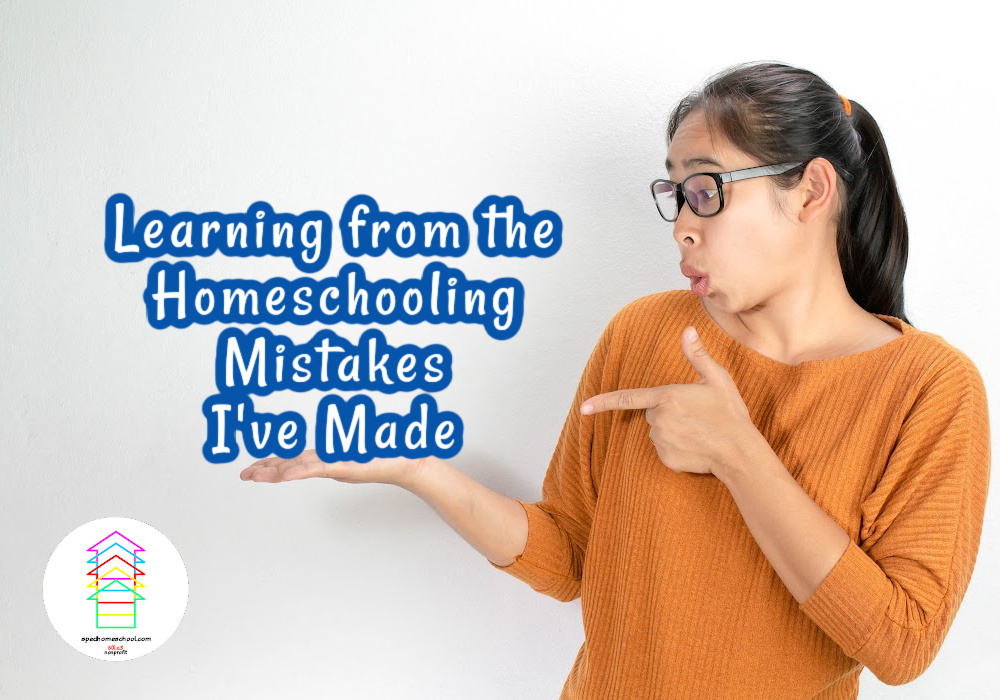
by Kellie Turner, SPED Homeschool Community Member
On May 20th of this year, my baby girl graduated! To say that this is a miracle is a definite understatement. My girl, who I lovingly call Bean, was diagnosed with level 2 autism at age 11. She also has multiple learning differences, such as dyslexia, dyscalculia, executive function disorder, and severe sensory processing challenges. A traditional school setting was not an option for her. She attended our church’s day school for a short time, but it did not go well.
We took some time off after her diagnosis to unschool for a bit. She was in 2nd grade. We focused on her therapies to settle her ramped up nervous system. We had an amazing occupational therapist who we grew to love, and she gave us amazing tools to help our girl settle into a good sensory diet. Our journey started with us mostly going to the library, the park, and our local math and science centers. We also did nature studies and watched a lot of PBS.
Over our homeschooling years, we used much trial and error to figure out what worked for her as far as curriculum. Some worked great, and some did not. Our style was eclectic. We learned we could not use an all-in-one or box type of curriculum, because our girl was on various levels in various subjects. We also felt it was important to keep her therapies up and homeschooling made that easier, as I incorporated it as part of her school day.
We really tried to focus on providing a well-rounded education for both of our girls. Bean took part in the agriculture program called 4-H for many years. She raised and showed rabbits, which was an activity she loved very much. She also took piano lessons, was on the special olympics swim team, and was blessed to be a part of Challenger baseball, a division of Little League baseball that is geared for children with disabilities and provides buddies from the local high schools and universities to encourage the kids during the game. It is truly an amazing organization.
We are now transitioning our young lady to adult services. This chapter is very hard to navigate. Bean will be on different waivers through our local service providers. We are also trying to navigate the social security system, which is difficult. Fortunately, there are several amazing local agencies helping us with the process. Lord willing, I will use things I have learned to help others assist their kiddos as they stretch their wings and slowly fly from the nest.
What does a momma do when her work as home educator is complete? Well, I am still trying to figure that out. I was so blessed to have amazing resources available to me over my years of homeschooling. Because of this, I felt led to open a special needs homeschool library at my church. It will be a resource to other parents and guardians that need a little extra help with their unique kiddos. I hope to have workshops and bring in speakers that can help guide these folks on their homeschool journey. We plan to have monthly meet ups to talk about different topics and have fellowship.
I feel privileged and blessed to have homeschooled both of my children. We did so many amazing and fun things over the years that I don’t feel we would have been able to do if our kids were in a traditional school setting. This summer the plan is to rest our brains, and for the first time not plan our fall semester. Most likely I will feel nostalgic when all the cool school supplies show up on the store shelves. I would be lying if I told you I probably will not be buying anything. We all need pens and sticky notes, am I right?
I look forward to the opportunities that the Lord has for me as I move into a new season in life. I pray that the knowledge I gleaned from helping my girl navigate a very challenging path in her life can be used to help others.
Blessings,
Kellie
“The Bean’s” Momma
Biography:
My name is Kellie Turner. I live in far Western Colorado with my pastor husband of 2 plus decades, my daughter Bailey lovingly known as the “Bean”, 10 chickens, 3 rabbits, a Guinea Pig and an old farm dog named Rusty. My oldest daughter just completed her freshman year at Pensacola Christian College.
When I’m not homeschooling, I love to garden, read, and knit. I also enjoy doing Pilates. I have taught CPR and First Aid for 23 years and especially love teaching homeschoolers.
You can find me on Facebook at {Western Colorado Special Needs Homeschoolers} or my blog:
Lifewiththebeanblog.wordpress.com
Adventures in life,love and autism
If you want to email me, my address is kturneratc@outlook.com







